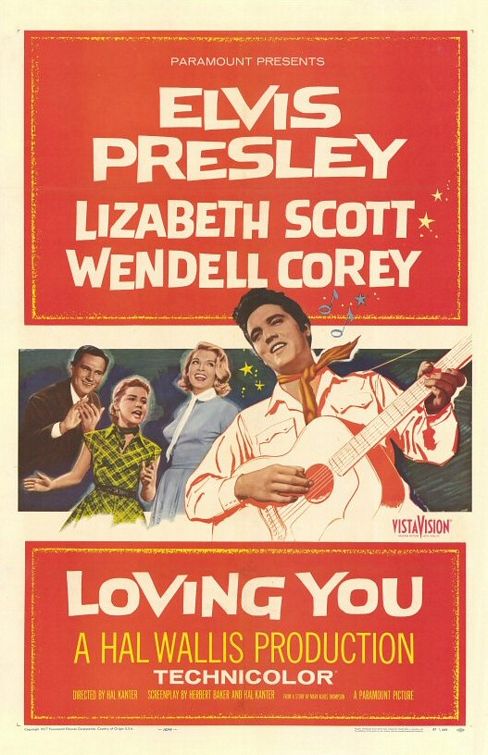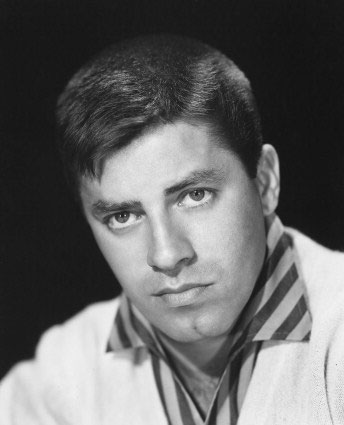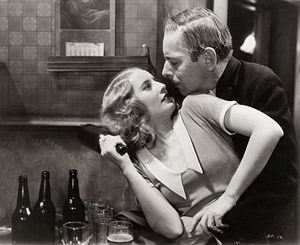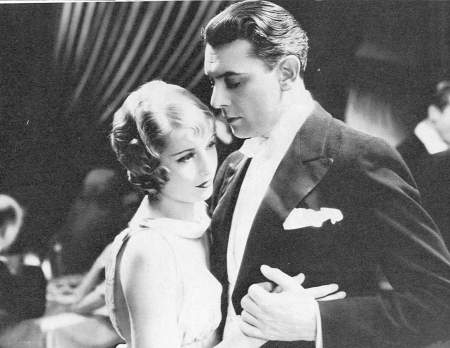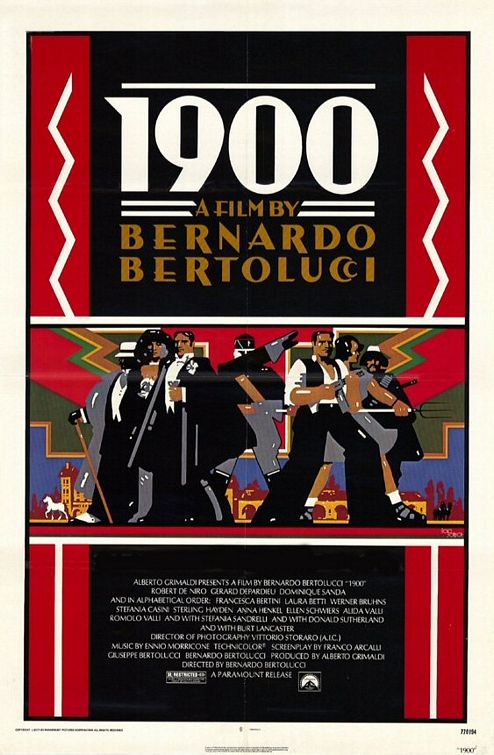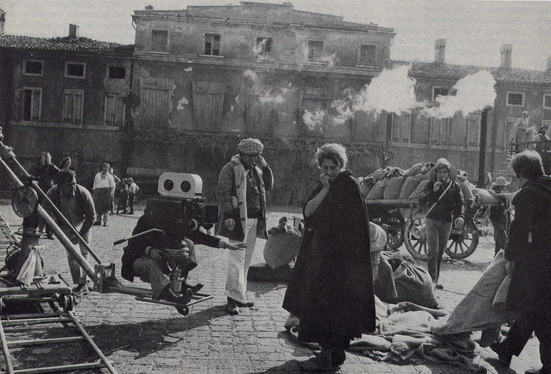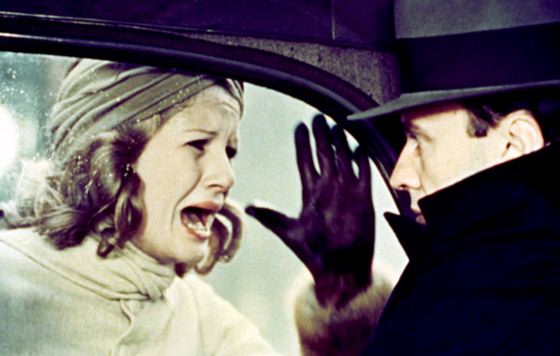
Perhaps the most exciting cinematic event of 2006 was
the release on DVD earlier this month — finally, and in a terrific
transfer — of Bernardo Bertolucci’s The Conformist.
Few films of the post-WWII era have been as
influential as this one — few films of any era have been as ravishing,
as sensually exciting.
In the freewheeling atmosphere of the time, and with
the final collapse of the old studio system, Hollywood in the late
Sixties was in an experimental mood, though the experimentation often
involved only superficial stylistic gimmicks — the hand-held camera,
promiscuous zooming, elliptical editing, split-screen images.
At the same time a new generation of filmmakers was
coming into prominence which had been schooled in, and deeply loved,
the classic Hollywood films — among this generation were
Coppola, Scorsese, Spielberg and Lucas . . . all of them, except for
Spielberg, the products of film schools rather than of apprenticeship
in the industry.
They were tackling new subjects and ones that were often more challenging
than the old studio system could embrace but they were
developing a style that owed much to the formal elegance of the
cinema of the studio era.
Then, in 1970, The Conformist burst onto the scene,
the work of a young Italian filmmaker who had not only mastered the
formal elegance of the old studio style but was taking it into new
realms of expressiveness and invention. Indeed, The Conformist had
something of the visual eloquence of the highest achievements of the
silent era, of Murnau’s and Vidor’s films, whose
extravagant poetic imagery had been lost with the coming of sound.
The effect was electric — confirming all the creative
instincts of the American film-school avant garde. The movie was so
important to Coppola that he, along with a number of other American
directors, personally lobbied its distributor to release the film in
the United States. He used one of its actors in The Godfather, Part
II, and its visual style influenced every frame of Coppola’s
masterpiece.
Bertolucci never made another film quite like it.
His visual imagination, his gift for dynamic plastic composition and
choreography within the frame stayed fresh, but was often lavished on
unworthy material and degenerated into mere mannerism.
The Conformist was of a piece because its story and
its visual style reinforced each other. Bertolucci was, in the film,
breaking dramatically from the severe aesthetic strategies and rigorous
intellectualism of his mentor Godard, indulging himself frankly in the
cinema’s power for sensual seduction — all the while telling the tale
of a promising student who betrays the political ideals of his old
professor and eventually collaborates in the professor’s murder.
The Conformist remains alive with the allure of forbidden
pleasures, tense with the guilt of giving in to them. The film is
erotic but disturbing — a dynamic that Bertolucci would explore
more explicitly in Last Tango In Paris, but without the organic
emotional coherence of the earlier film.
The Conformist also marked the emergence of its
cinematographer Vitorio Storaro as an artist of international
stature — but that’s a subject for a future post . . .
